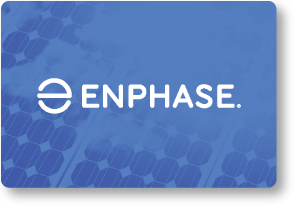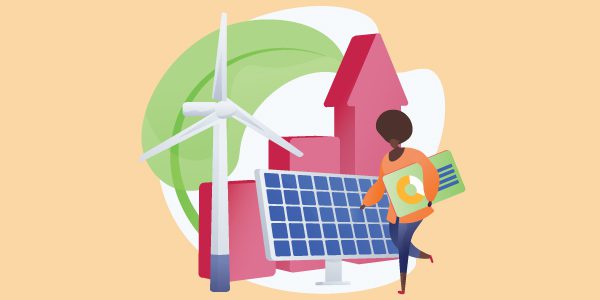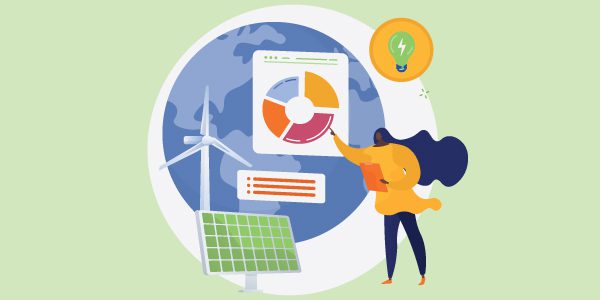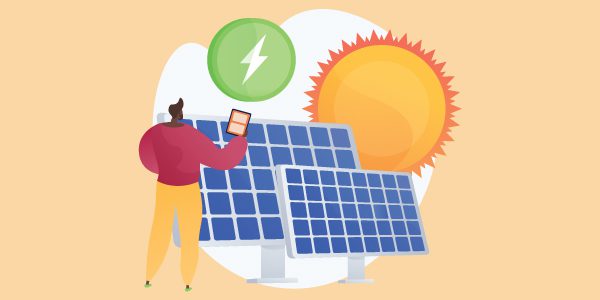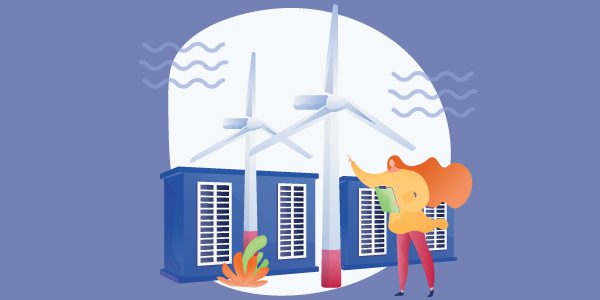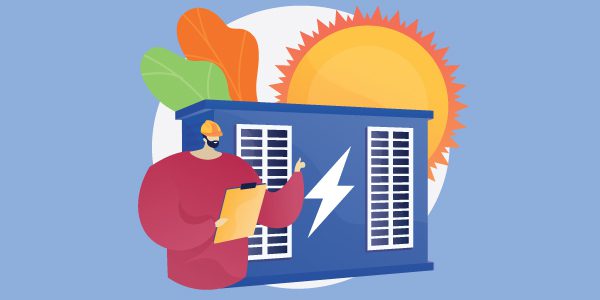Decentralised energy systems are key to a sustainable future.
Australia is on the cusp of a renewable future precipice. Renewable energy has begun to cement itself in Australia’s energy landscape, with the increase of EVs, the introduction of offshore wind projects, and uptake of rooftop solar amongst other renewable energy initiatives, decentralised energy systems should next be explored.
What Is Decentralised Energy?
Decentralised energy is all about having the energy where it’s needed. So, rather than having one power grid that is connected through costly transmission lines, instead, the grid would be based locally. The decentralised energy grid would be ideally powered by renewable energy like solar. Through using a local power grid, it saves time and money, as you don’t need to repair and upkeep transmission lines that can run for hundreds of kilometres.
When the electric grid is disrupted, the benefit of a decentralised energy grid is that it can act independently of it. In tandem with a virtual power plant, it can sustain communities in times of crisis. Decentralised energy provides towns with autonomy and stable pricing, and is the future for energy across the world.
Why Australia Needs Decentralised Energy
The energy sector is the largest contributor to Australia’s greenhouse emissions, accounting for 74% of net emissions. While centralised energy proliferated in the 20th century, the economic and environmental impact today requires the need for governments across the world to adopt a decentralised energy system.
Many countries, including Australia, have renewable energy targets. With the rush to build more renewable energy projects, we need to be able to transmit that energy effectively. With renewable energy being an intermittent source, in that the energy output is not consistent, it presents issues for the Australian network grid. Because the grid was designed to support a centralised energy system (coal-fired power plants), adding large-scale renewable generators to the line, and connecting where the lines are weakest, causes massive problems.With sudden fluctuations and surges of power entering the transmission lines, the likelihood of grid instability and overload (leading to blackouts) is severely increased.
As more renewable energy projects get underway (and become larger), our need for decentralised energy systems to help lessen the burden on the main electricity grid significantly increases. Not only does a decentralised energy system protect the fragile grid, but it also lowers costs for communities; with a decentralised energy system, there are fewer instances of tapping into expensive peaker plants (power plants that only run when demand is especially high), saving money.
With our ageing fossil-fuel power plants now is the perfect time to transition to a more localised solution. With our population growing and the demand for electricity getting higher (so much so that the East coast nearly faced its own energy crisis), the time is now to look for alternatives to not just energy sources, but also how energy is provided.
The Role Of Virtual Power Plants
Decentralised energy paves the way for virtual power plants. A virtual power plant is when decentralised energy, let’s say rooftop solar from different buildings and homes produces excess energy which is stored in a battery on the property. The battery, using a cloud-based network, communicates with other batteries in the area and essentially creates a power plant – but like the name suggests, virtual.
In instances of excess energy generation, the power is sent into the main grid and that energy can be sent elsewhere. For example, let’s say a neighbouring town only relies on fossil-fuel transmission line electricity and the main line is compromised, they are without power. However, should the line between the two towns remain, the community with a decentralised system can transmit that excess electricity and help bring power back to the affected town.
They can also be used in less drastic cases, such as times of peak energy usage. Rather than having the plant utilise peaker plants or have to undertake load-shedding. The process reduces the need for costly, and in most cases non-environmentally friendly peaker plants to supply the excess power needed. The homeowners who produce the electricity are also paid for supplying it. This can reduce fossil fuel emissions, as there is no need for peaker plants, prevent power outages and save costs for consumers.
In South Australia, the government has a few virtual power plant projects. With a significantly high uptake of rooftop solar across the state, it’s the perfect testing ground for these projects. One of the projects by AGL will see 1000 businesses and homes across Adelaide becoming part of a virtual power plant. The outcome of this project in conjunction with the expected initial setup costs halving over the next five years could see these projects proliferate across Australia.
Our electricity grid cannot take more pressure – and it’s not just Australia’s problem, it’s a big problem across the world. We need alternatives and solutions, and I firmly believe that decentralised systems are the way forward, and can alleviate the current burden placed on our ageing grid. They can also, with virtual power plants, provide towns with independence, reliable power, and stable prices. Time will tell whether governments are ready to take that step.



